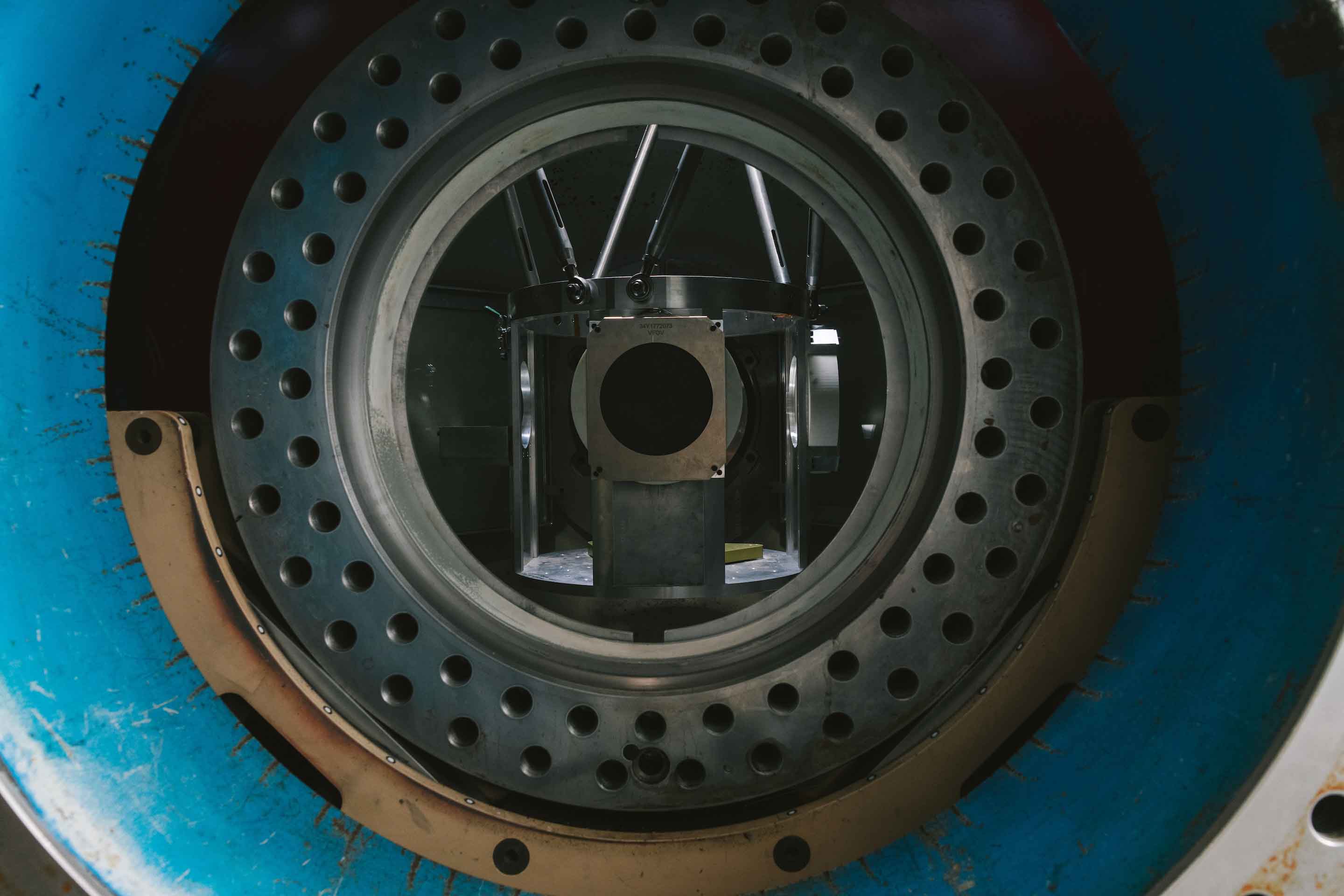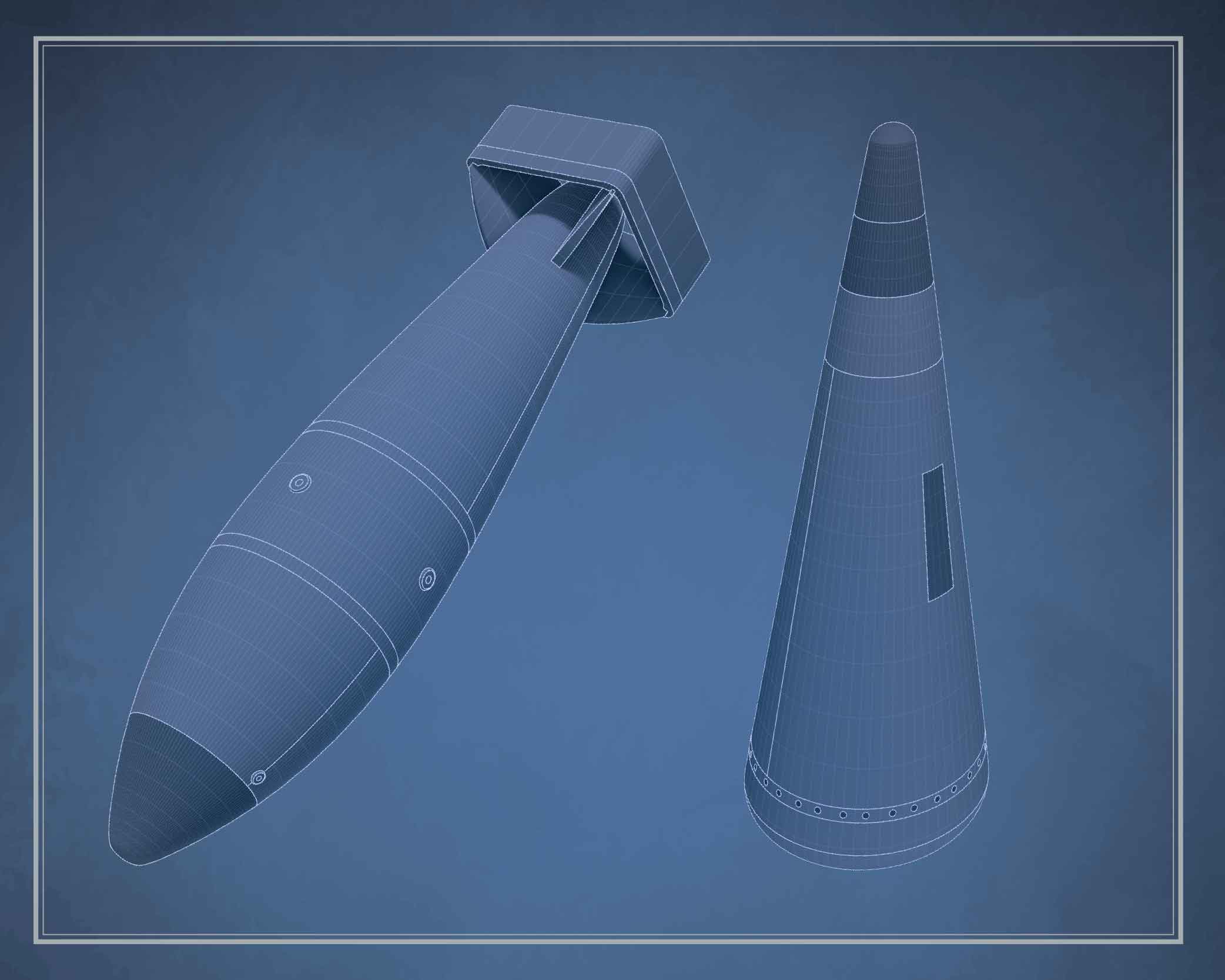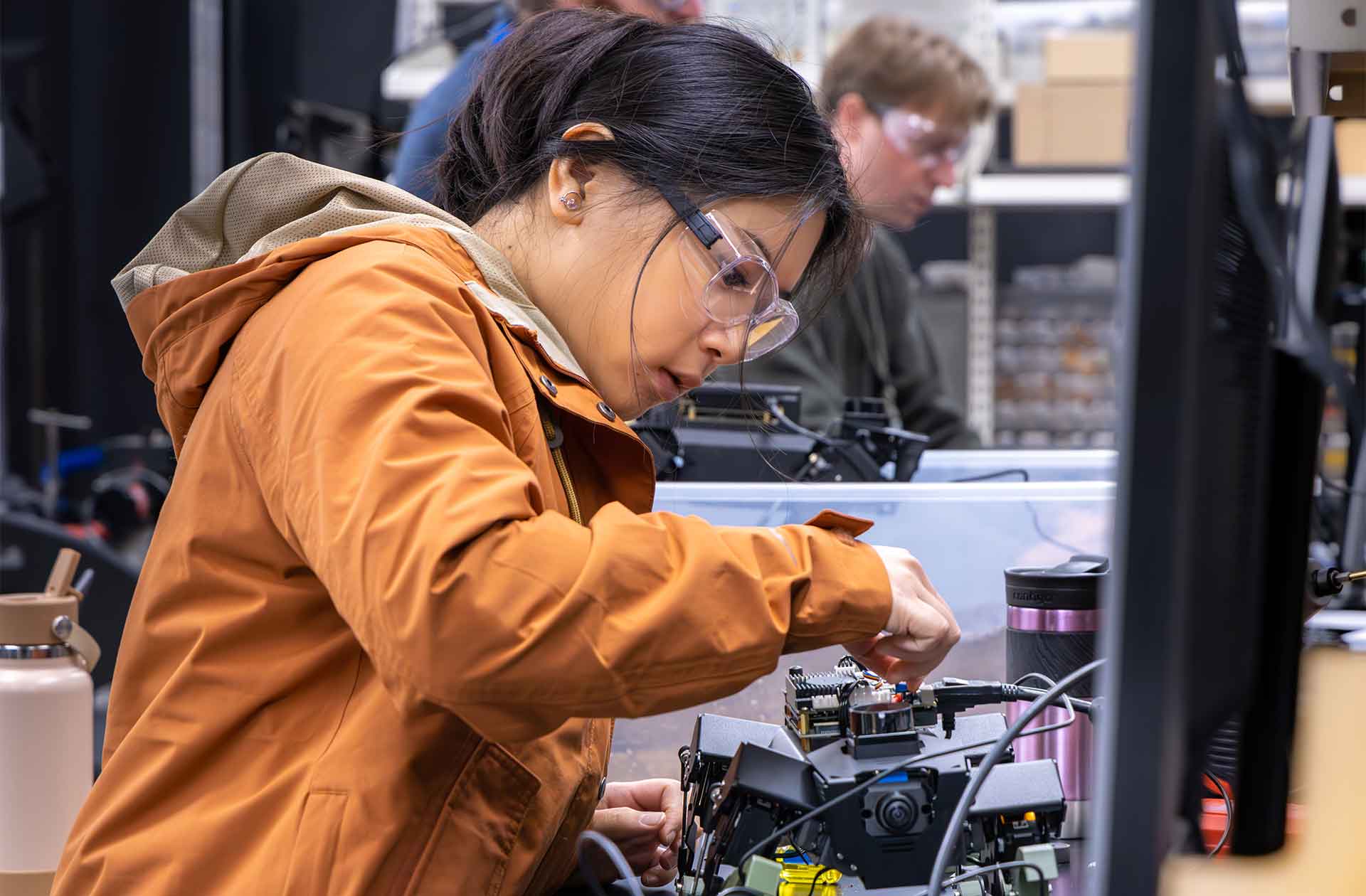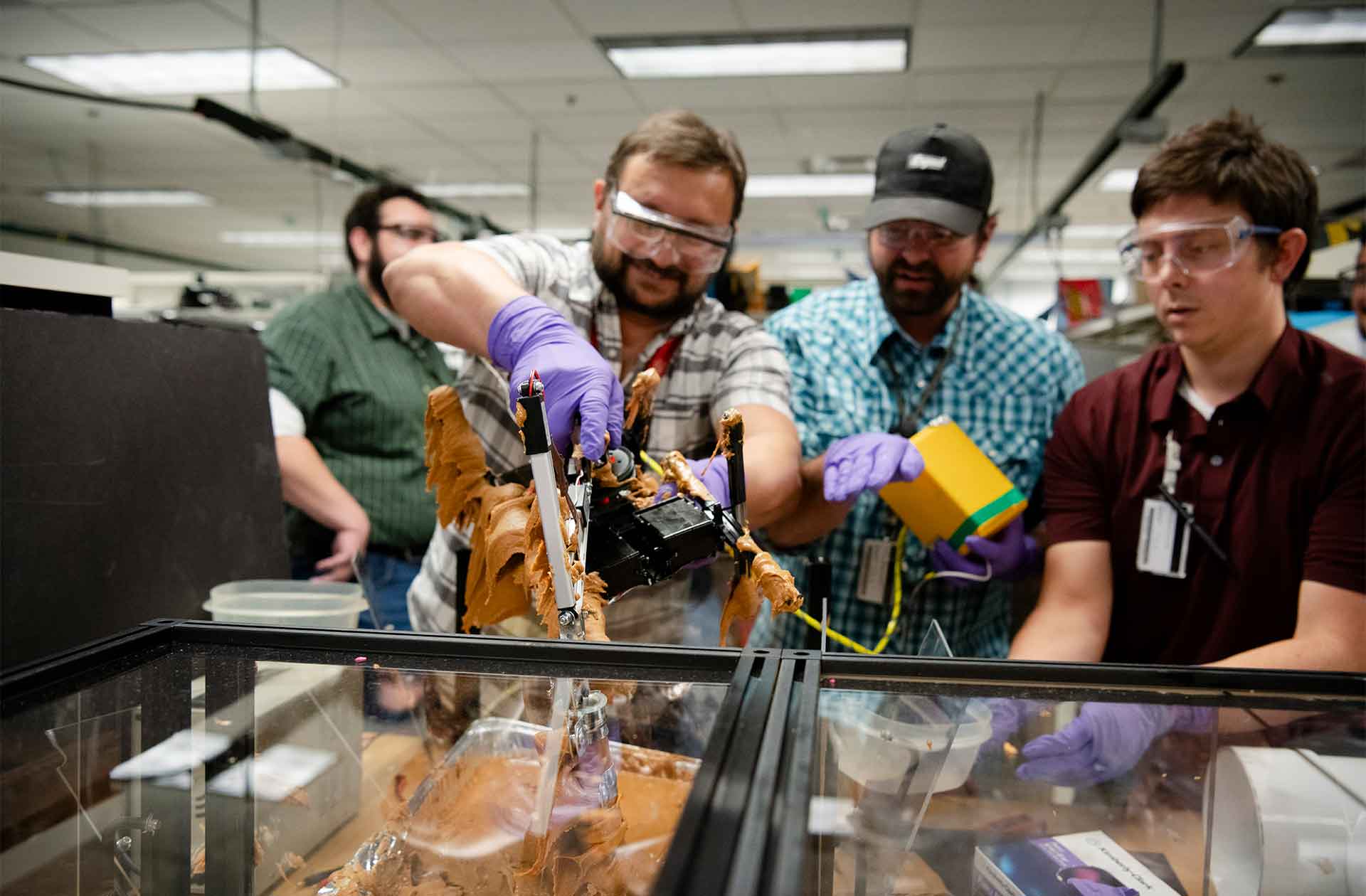Remembering Krik Krikorian
The late analyst was part of the Lab’s first intelligence unit.
- Laura Mullane

Nerses “Krik” Krikorian was born on a Turkish roadside in 1921. His parents were fleeing the Armenian genocide that would ultimately claim 1.5 million lives. The family spent the next four years moving from country to country with nothing but the clothes on their backs.
They finally settled in Niagara Falls, New York. There, barely speaking English, Krikorian started kindergarten. Sixteen years later, he graduated from college with a bachelor’s degree in chemistry and began a job at Union Carbide, working in a lab that made highly enriched uranium. For what purpose, Krikorian wasn’t sure. “I’d read a book that speculated uranium was a fission thing, but I didn’t know what ‘fission’ meant,” he recalled during a 2018 interview. “I’m a chemist, not a physicist.”
When the United States dropped an atomic bomb on Hiroshima, Japan, Krikorian realized what he’d been working on. It was 1945, and he’d been knee-deep in the Manhattan Project—the top-secret effort to build an atomic bomb to help end World War II.
After the war, Krikorian began working at Los Alamos Scientific Laboratory. “And what do I work with? Stuff I can barely see,” he said. “I went from working with kilograms of uranium at Union Carbide to micrograms of highly radioactive polonium.”
In the mid-1950s, Krikorian worked on Project Rover—the Lab’s effort to develop a nuclear-thermal rocket. Krikorian studied materials that could support the demands of nuclear propulsion at high temperatures. “The program was technically challenging and in a temperature domain where little research had been done,” he later wrote.
“The role of an analyst is to connect all the dots together. You have to make an educated guess based on your own experience and what you observe.” —Krik Krikorian
In 1972, knowing that Krikorian was fluent in Armenian and Russian, Laboratory Director Harold Agnew asked Krikorian to join a newly formed intelligence unit. “As a kid, I thought Armenian was useless,” Krikorian said. “I guess God knew what was coming.”
An intelligence analyst’s job is nuanced. “The role of an analyst is to connect all the dots together,” Krikorian said. “You have to make an educated guess based on your own experience and what you observe. None of it is clear-cut.”
When Krikorian retired from Los Alamos in 1991, he held six patents. He was a Laboratory Fellow and the recipient of the Los Alamos Medal (the Laboratory’s highest honor), the CIA’s Intelligence Community Medallion, and two honorary doctorates. Today, the Nerses “Krik” Krikorian Collection in the Lab’s National Security Research Center comprises Krikorian’s Union Carbide Corporation papers, Project Rover reports, and other technical notes, memoranda, and photos.
“Things have worked out far beyond what I ever imagined,” said Krikorian, who died in 2018. “My parents instilled in me the importance of doing the right thing and giving back to your fellow man. I hope I’ve done that.”








